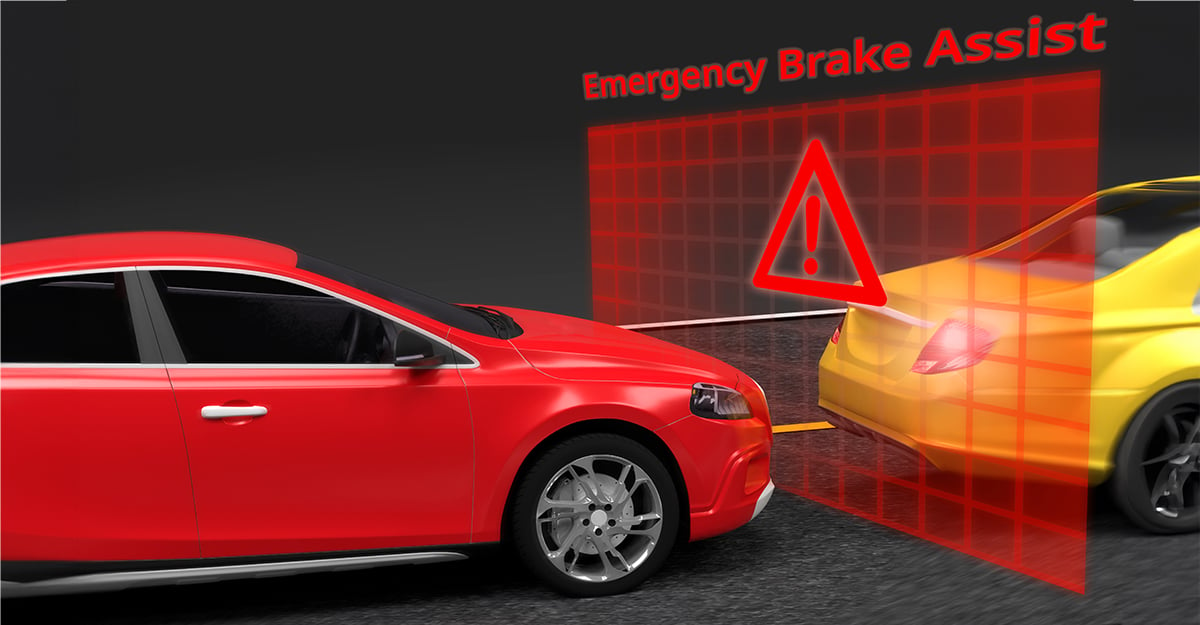
NHTSA Adopts Rule Requiring Automatic Emergency Braking on Light Vehicles

On May 9, 2024, the National Highway Traffic Safety Administration (NHTSA) published a final rule adopting a Federal Motor Vehicle Safety Standard (FMVSS) that requires automatic emergency braking (AEB) systems in U.S. light vehicles and trucks by September 2029. The rule is required under the Bipartisan Infrastructure Law of 2021 (BIL), in which Congress directed NHTSA to establish FMVSS requirements for AEB systems as well as three other Level 2 advanced driver assistance systems (ADAS): lane departure warnings, lane-keeping assist, and forward collision warnings (FCW).
The new rule requires all passenger cars, trucks, and buses up to 10,000 pounds gross vehicle weight (i.e., light-duty vehicles) to have an AEB system that can detect an imminent crash with either a vehicle or a pedestrian and apply the vehicle’s brakes automatically. AEB systems must also contain FCW that will alert drivers of an imminent collision. NHTSA estimates that the rule will avoid at least 360 fatalities and prevent more than 24,000 injuries each year.
The requirements of the final rule include the following:
- The AEB system must provide auditory and visual FCW at speeds . The system must automatically apply the brakes if a crash with a vehicle is imminent and if a crash with a pedestrian is imminent.
- AEB systems must be tested following standardized test procedures with defined parameters to ensure the system prevents crashes in a controlled test environment.
- The AEB system must pass two false activation tests in which the vehicle cannot engage the brakes in excess of specified during the tests.
- A vehicle must continuously detect any malfunctions in the AEB system and notify the driver of malfunctions that prevent the system from meeting the performance requirements.
NHTSA originally proposed a four-year compliance deadline but extended it to five years in response to comments. As a result, light-duty vehicles must be equipped with AEB systems by September 1, 2029.
The rule has potential implications beyond AEB systems. It signals how NHTSA under the Biden administration might approach the remaining Level 2 ADAS rulemakings required by the BIL. In addition, vehicles equipped with AEB systems are subject to NHTSA’s General Standing Order on crash reporting for manufacturers and operators of vehicles equipped with Level 2 ADAS and automated driving systems. Finally, there are already several product liability ADAS matters, and undoubtedly, litigants will attempt to rely on the rule in establishing a claim or defense.
This post is as of the posting date stated above. Sidley Austin LLP assumes no duty to update this post or post about any subsequent developments having a bearing on this post.



